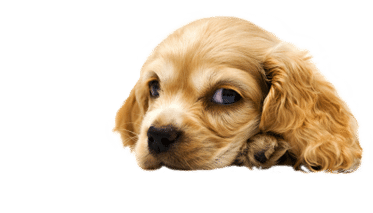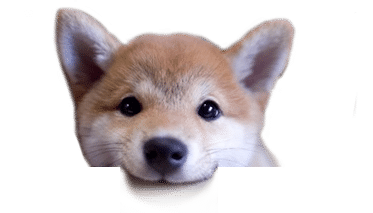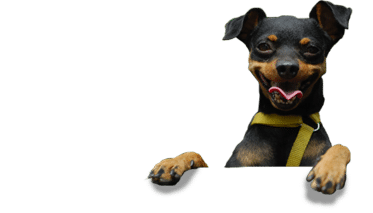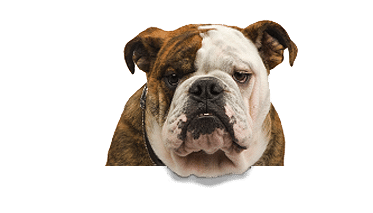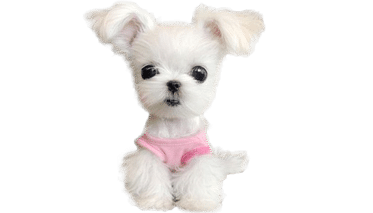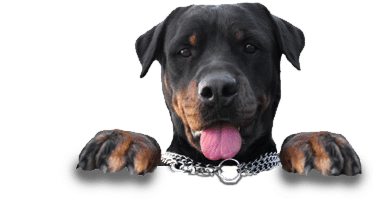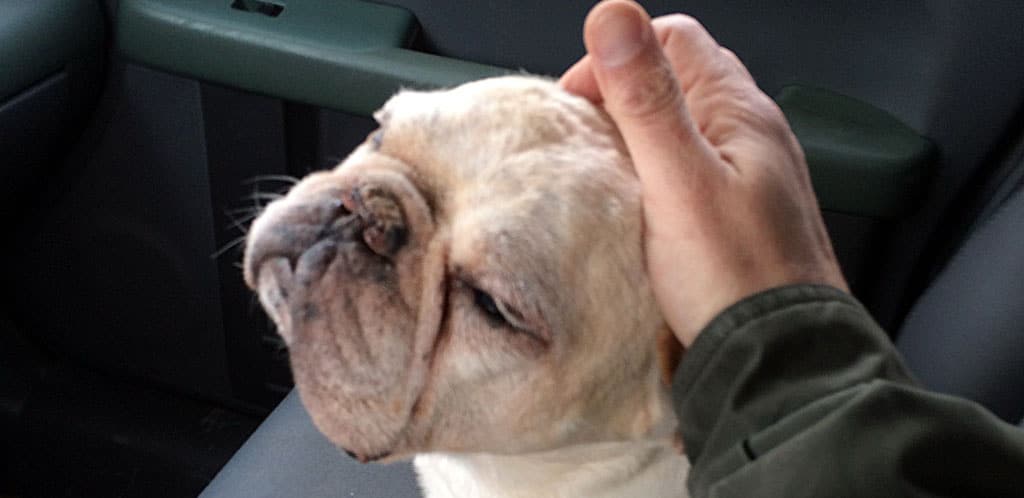
by Michelle Gargano | Mar 9, 2017 | Did you know?
Did you know 61% of animal lovers feel that losing a pet is more traumatic than being laid off.
by Michelle Gargano | Mar 2, 2017 | Did you know?
I came across this very educational and eye opening article by Dr. Ann Hohenhaus DVM, DACVIM (SAIM, ONCOLOGY) and wanted to share it with everyone. Dogs suffer from smoking-related illnesses similar to humans, like cancer and lung disease. Using sophisticated methods...
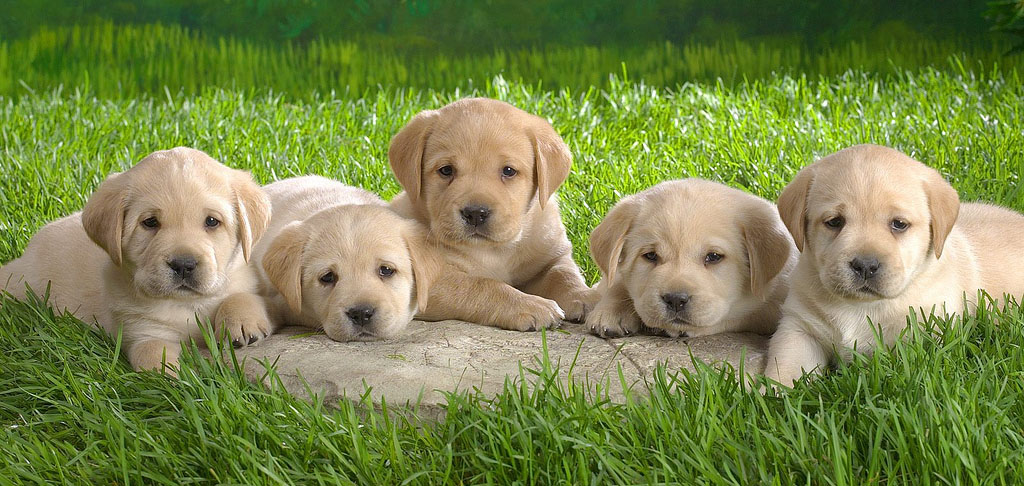
by Michelle Gargano | Feb 23, 2017 | Did you know?
Caring for a puppy requires knowing how to take care of his coat, skin, and nails. Tips on these topics are offered here. Grooming can start right away with the new puppy. Many owners think that it is a mistake to bathe or brush dogs under six months of age. They...
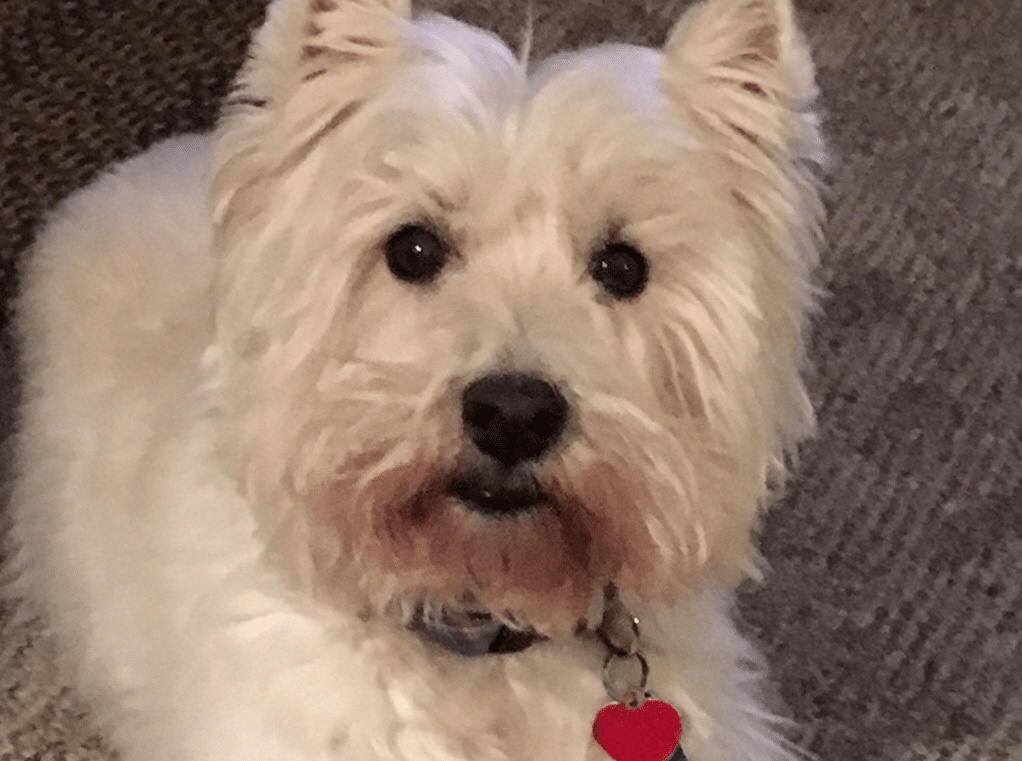
by Michelle Gargano | Feb 23, 2017 | News
This is a clients dog that needs a new home due to his owner moving to a location that does not allow pets. I’ve been grooming him his whole life. He is 12 years old but you would never know it, he’s got a lot of young to him. He is a West Highland white...

by Michelle Gargano | Feb 15, 2017 | News
Stay tuned for our 15 year anniversary celebration with giveaways, specials and more!





